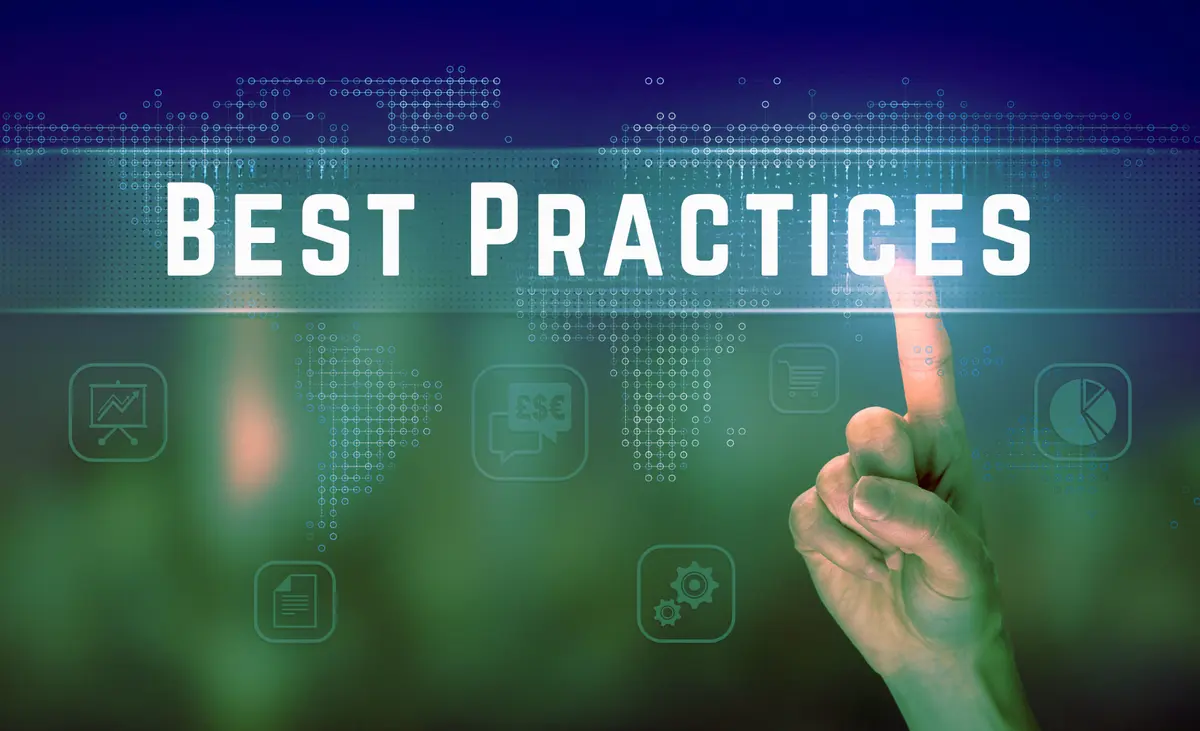
Top 10 Advantages of Conversational AI for Automotive Dealers
In years past, many consumers dreaded searching for a new vehicle — or at least one new to them. That sentiment has changed, though, with 69 percent of buyers calling themselves “highly satisfied” with their shopping experience.
Why the change? For one, there is a rising focus of automotive dealers on enhancing the consumer experience. Another reason is the industry’s shift to more digital transactions, a trend prompted by consumers’ expectations for convenience.

The United States has 16,835 franchised new car dealerships selling roughly 13 million new vehicles annually. The country’s 23,000 used car dealers sell approximately 39 million used automobiles, about two and one-half times the number of new cars sold.
Whatever type of vehicles they sell, automotive dealers face stiff competition. They are tasked with driving revenue while reducing costs and managing inventory. Some dealerships, though, continue to face staffing shortages, making it difficult to operate efficiently.
To combat these challenges, some automotive dealers employ voice-enabled conversational artificial intelligence (AI) platforms because they can automate routine tasks, streamline workflows and cut costs — all while improving customer service. How is this possible? Such scalable solutions allow dealerships to engage customers where they are and boost sales.
What Exactly is Conversational AI?
Conversational AI consists of computer systems that communicate with users through natural language user interfaces involving images, text and voice. It automates more natural, human-like interactions between computers and users. In addition to being equipped to provide a more flexible conversational flow, conversational AI technology learns from information gathered and is built to understand patterns of human behavior.
Not all chatbots utilize AI. Unlike conversational AI solutions, rules-based chatbots map out conversations based on user input and only answer queries that fit into pre-set questions and/or comments. They follow a decision-tree matrix to guide users toward a specific action or answer and often provide robotic-like responses, which can result in a frustrating interaction and a negative patient experience.

10 Advantages of Conversational AI for Automotive Dealers
Although the perks of voice-enabled conversational AI for automotive dealers are numerous, we’re focusing on the top ten from which any size business can benefit. For the biggest return on investment (ROI), make sure to select a solution that offers multi-modality and lets you engage automotive buyers across voice, SMS, website chat and Facebook Messenger for a seamless buying experience.
- 24/7 Availability: Potential automotive buyers often have questions outside normal business hours, and voice-enabled conversational AI provides immediate assistance any day or time. It interacts with consumers without them having to wait for dealership staff to be available, thereby improving customer service and facilitating increased lead generation.
- Enhanced Lead Generation: By lessening the time it takes for a sales member to respond to incoming customer inquiries, auto dealers receive a higher volume of qualified leads. This increased operational efficiency also produces higher conversation rates.
- Easy Access to Vehicle Information: Many consumers shop online for vehicles, but sometimes they want to contact a dealership for specifics on an automobile. A voice-enabled conversational AI agent can answer a wide array of questions, from simple ones about vehicle availability or pricing to more complex inquiries about financing.
- Streamlined Appointment Scheduling: Voice-enabled conversational AI technology can be used to facilitate appointment scheduling, whether it is to meet with a salesperson or schedule a test drive. This saves time for automotive dealers and customers and reduces no-shows.
- Reduced Employee Burnout: A short-staffed automotive dealership results in more work for existing salespeople, increasing their risk of burnout. By automating repetitive tasks, conversational AI frees up these team members to focus on closing sales.
- Tailored Messaging: The personalized, two-way customer engagement prompted through voice-enabled conversational AI helps automotive dealers customize their marketing messaging based on consumer preferences and feedback. Highly-targeted interactive campaigns enable dealerships to personalize the buying experience and differentiate themselves from competitors.
- Proactive Customer Communication: Voice-enabled conversational AI lets automotive dealers keep customers informed about new models, offers and promotions and trade-in options. These businesses can more easily and quickly conduct follow-ups with buyers, increasing customer retention. Comprehensive conversational AI platforms offer multilingual support for a broad customer base.
- Personalized Recommendations: By procuring customer preferences and input, a conversational AI solution can offer personalized vehicle recommendations. Such technology can also be utilized to recommend financing plans, alleviating customer stress.
- Optimized Inventory Management: Based on customer behavior, conversational AI is able to more accurately predict what types and models of vehicles will be most popular in coming months. This allows dealers to optimize inventory management, reducing overhead and increasing sales.
- Improved Customer Satisfaction: The combination of these advantages produces a higher level of satisfaction for both customers and staff. Prospective buyers don’t have to wait as long to learn about a vehicle or schedule an appointment with a salesperson, and customers can be routed to a live agent upon request. Automotive dealers can analyze feedback obtained by AI agents to identify and address areas that need improvement.
At Revmo, our voice-enabled conversational AI platform is designed to help your dealership accelerate sales and drive new revenue. It is fueled by your specific brand knowledge and available inventory and is ready to have a conversation with potential buyers. Contact us today to find out how our conversational AI can rev up your customer engagement.


